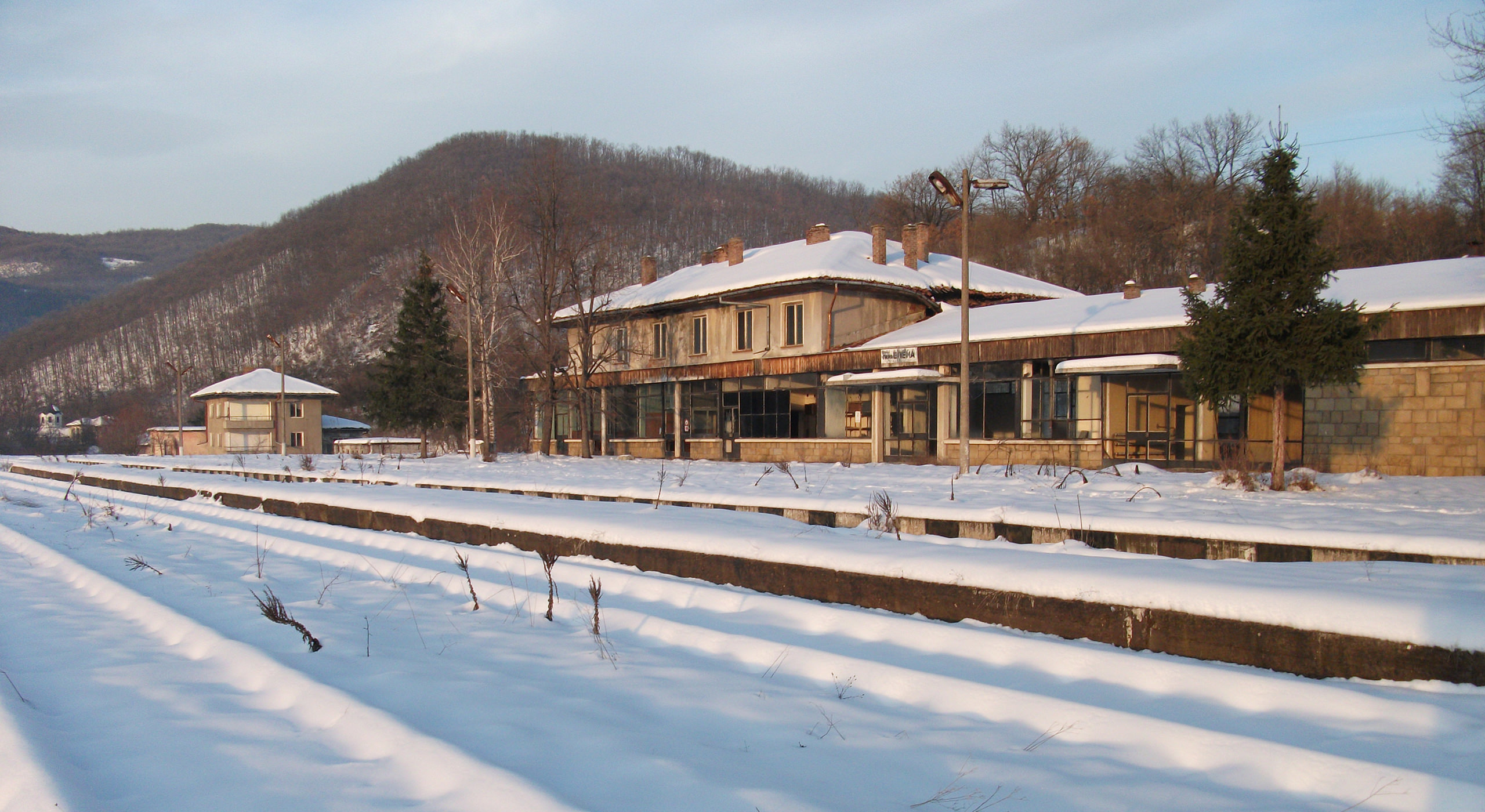MiGs, Stars & Magic Books: A Brief History of Trespassing in Moscow
An illustrated guide to urban exploration in the Russian capital.

Tuesday 19 May 2015
When I first visited Bulgaria back in 2007, I was immediately enthralled by the bizarre landscape of jagged mountains, endless green plains, and all amongst them the shells and ruins of abandoned industry.
Whereas many Western nations have a sense of increasing urbanism about them – natural spaces inevitably giving way to pavement – the reverse felt true in Bulgaria. It felt as though nature was winning here, taking back the stones, the minerals, and herding people into their artificial pens. This land, to me, felt hostile, timeless and magnificent, all at once.
A few years after that first visit, I put pen to paper (virtually speaking) and started jotting down a series of essays based on these landscapes, the battlefields where bricks and creepers entwined in their deadly embrace.
The following short essay was the first of these – my observations on a ghost town, nestled high up in a mountain pass.
A few years back, I spent several months in a remote mountain village in Bulgaria. We were driving back from a visit to the nearby city of Gabrovo one evening, when nightfall caught us unawares; and in hope of speeding the return journey we decided to navigate a shortcut through the mountains. It was a good idea, in principle… but in practice it led us high up amongst the wooded peaks, guessing our way across numerous unmarked forks in the road. Eventually we found signs pointing towards a nearby town, and we followed them – hoping that we might come out the other side of the ridge onto a main road.
The road turned out to be a dead-end, culminating in what would once have been a thriving mountain town. In the hollow between two peaks, trees had been stripped away from the rocky slopes to allow room for streets and houses, clustered around a railway line like insects drawn to a light.
Judging by the imposing hulks of warehouses on either side of the six tracks, it was clear this was once an important depot. No doubt the houses had been homes for the workers and their families. Under the former communist regime, this was perhaps a storage place for grain, coal or machinery; a way-station for refuelling engines.
Now it is a ruin. Windows are smashed, the tracks have rusted, sheared apart, and wild dogs roam the platforms scavenging for invisible scraps. A few engines still lie sleeping on side tracks, where they have corroded beyond use or possible removal. No graffiti mars the scene – this is the natural and peaceful death of industry, out of sight and mind. Vines and creepers have extended a grip around rusting bodies here and there, poignantly dragging the iron back down into the earth it was once mined from.
Most of the houses are no different; brickwork falling away in chunks, exposing tables and chairs gone to ruin. It seems the penniless inhabitants must have left on foot, with only as much as they could carry to their new lives. Badgers and wild pigs have marked their trails in and out through the holes in walls, but even they haven’t stayed here long – there is no sustenance to be had from rotting wood, concrete dust.
Only two signs of life remain here: the central train track, conspicuous in its state of good repair; and the dim light of candles burning in the window of one single house. Someone still lives in this ghost town. Perhaps they maintain the track for passing trains, or guard the station wreckage against looters – scrap metal can easily be traded for a handful of cash here. The trains don’t stop any more.
It is a strange thought, that this once-proud nexus of the nation’s railway system is now forgotten by its own offspring. Only now and then, on a particularly moonlit night will someone look out the carriage window at the right moment, see the shells of vast concrete buildings, and guess there was once a station here. There might have been a time when communism here was a beautiful, well-oiled machine; here it lies dead though, its soft belly exposed to the vultures.




An illustrated guide to urban exploration in the Russian capital.

Poltergeists, ritual murder & a live-in succubus – the 1000-year-old pub with a ghostly reputation

A month-long monument hunt, and what I learned along the way.
COMMENT